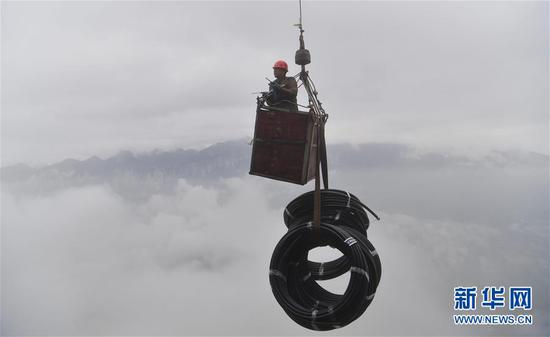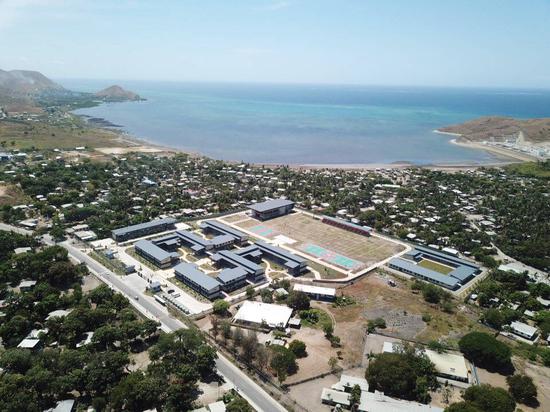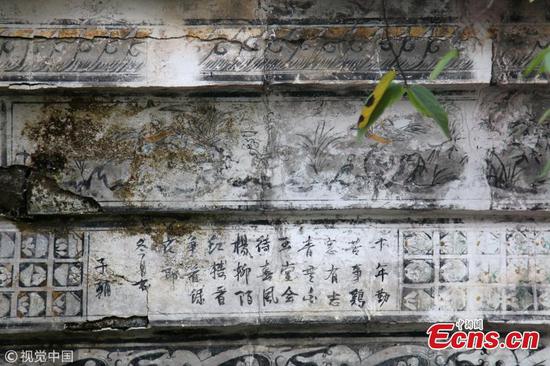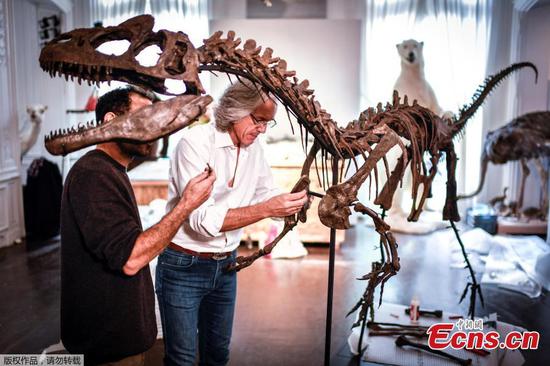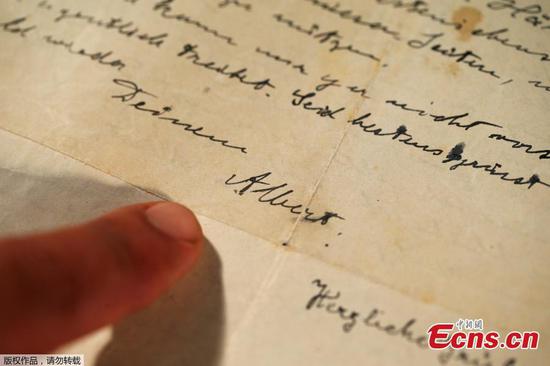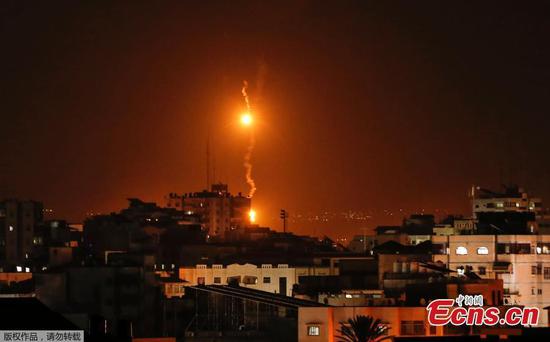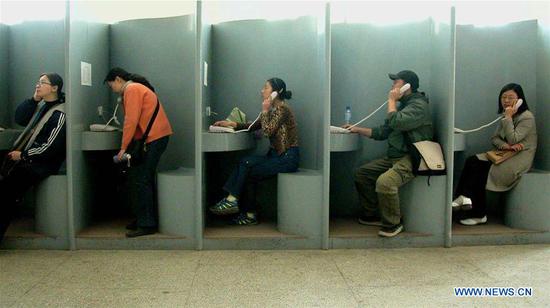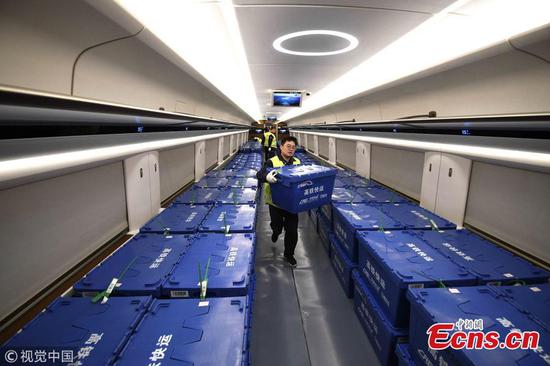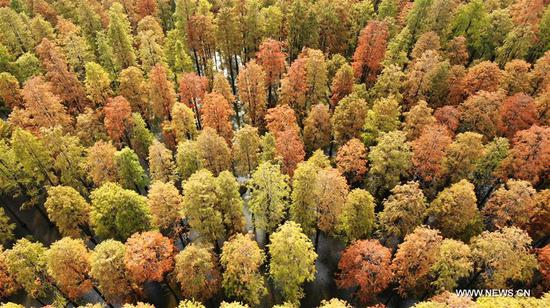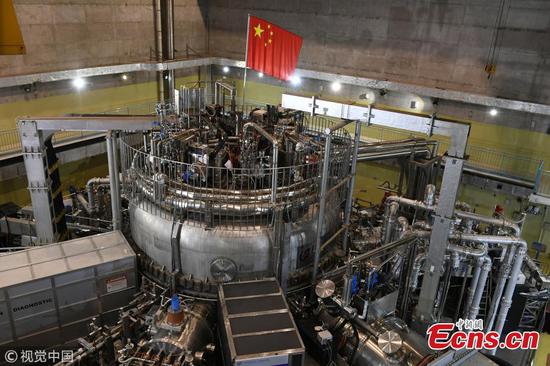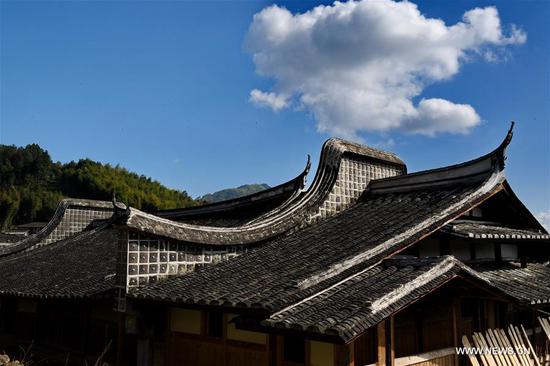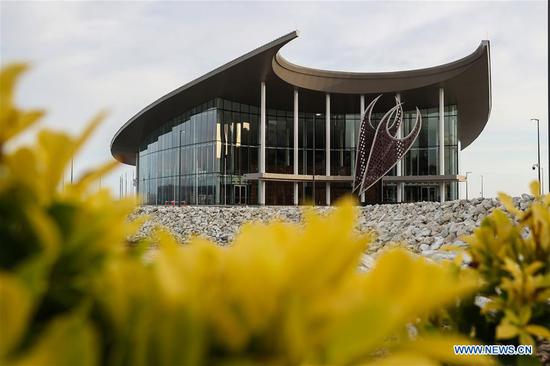Environmental watchdogs in Beijing are boosting monitoring facilities that could help to precisely locate sources of pollution, and are close to minimizing sources from factories and coal burning, according to officials.
The capital had only 35 air quality monitoring stations in 2014, but the number has since risen to 67. In addition, 1,500 micro air quality sensors began operating last year, according to the Beijing Municipal Bureau of Ecology and Environment.
Wang Xin, an engineer with the Beijing Municipal Environmental Monitoring Center, said there is a sensor in each of the 9 square kilometers of the capital's flat, or plain, areas and in each of the 64 sq km of the mountainous ones.
He said these sensors, which can upload information in real time, have helped environmental officers to better locate areas with high pollution and find the causes, which have led to proper measures being taken.
In addition to the facilities set up by the municipal body, environmental authorities in different districts have also established air quality sensors.
The environmental protection department in Huairou district, for example, has added 307 monitoring facilities.
While 153 of them are in villages and urban communities, the others are in areas that are prone to air pollutants, including dust, automobile exhaust emissions and industrial discharges, said Tian Qimin, a manager at Beijing Insights Value, the company in charge of the operation.
He said environmental officers can obtain real-time information from these facilities with the help of a mobile app, which can warn them if there is heavy pollution.
The facilities can help local environmental authorities to improve air pollution management, Tian said, adding that work has nearly been completed on minimizing industrial emissions and helping rural residents to shift from coal to clean energy as a heating source.
Guo Yijun, deputy head of environmental protection in Huairou, said the facilities help his department to obtain detailed information about sources of pollution that could guide such work in the future.
Townships and communities will be ranked regularly for their air quality thanks to these facilities, and tailor-made suggestions will be put forward based on analysis for those at the bottom of the rankings and those that experience deteriorating air quality, he said.
Lu Yingtong, head of environmental protection in Huairou, said her department has invited experts from the Beijing Municipal Research Institute of Environmental Protection to draw up specific air pollution suggestions for all companies with emissions of volatile organic compounds-another major air pollutant. These include auto repair, printing and furniture businesses.
While establishing a similar monitoring system that provides real-time air quality information, Chaoyang district has also set up three cameras to take pictures of vehicles with heavy exhaust emissions on highways leading to and from the capital, said Li Zelin, deputy head of environmental protection in the district.
With the efforts made in minimizing industrial emissions from 2013 to last year, the capital has seen a decline in major sources of pollution.
The focus on air pollution control has turned to managing it more precisely, especially law enforcement for diesel-powered trucks that contravene environmental laws, and to controlling the spread of dust, Li said.
Both Huairou and Chaoyang have improved dust management. The measures that have been introduced include setting up monitoring facilities on construction sites, increasing the number of road sprinklers, and improving dust extraction.
According to analysis of pollution sources by the Beijing Municipal Environmental Protection Bureau, locally generated pollutants contributed to two-thirds of PM2.5 in the city last year, with the other pollutants coming from outside the capital.
Vehicle engines contributed the largest amount-45 percent-of locally generated PM2.5 in Beijing and dust was second, with 16 percent.
Although diesel-powered trucks account for just 4 percent of motor vehicles in the city, they contribute 90 percent of the particulate matter caused by these engines.










